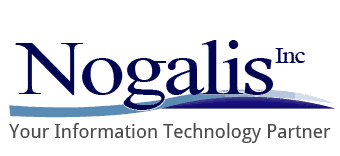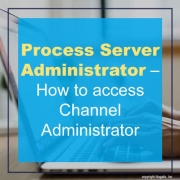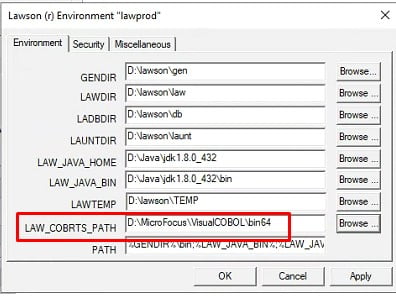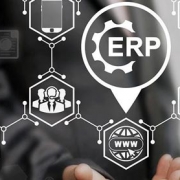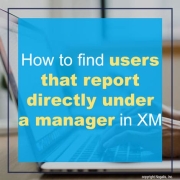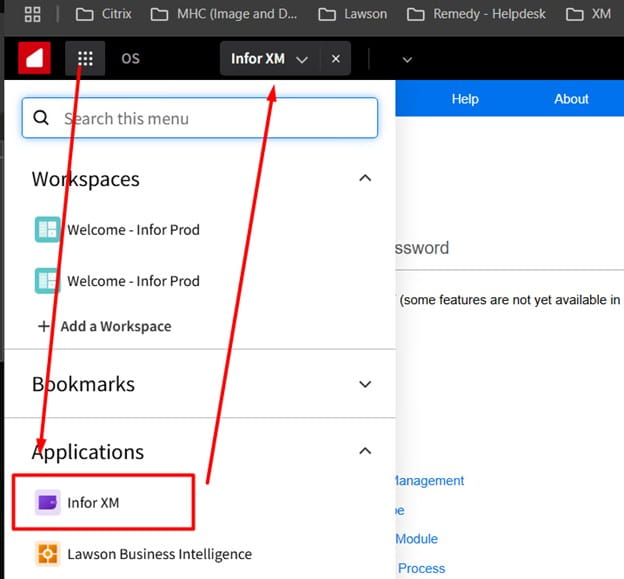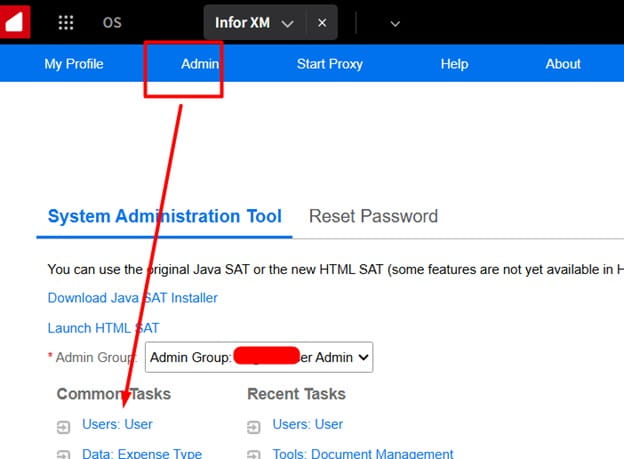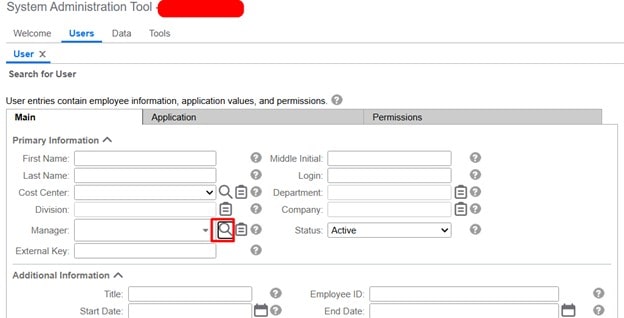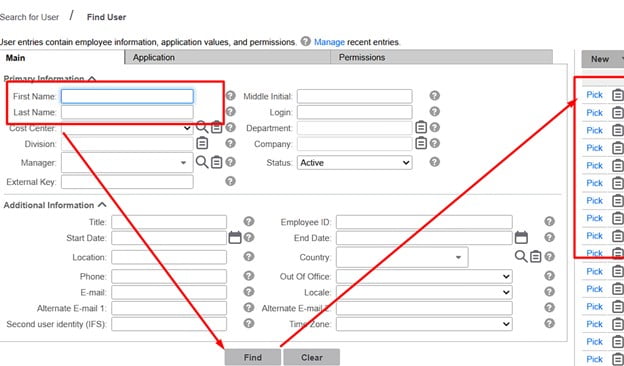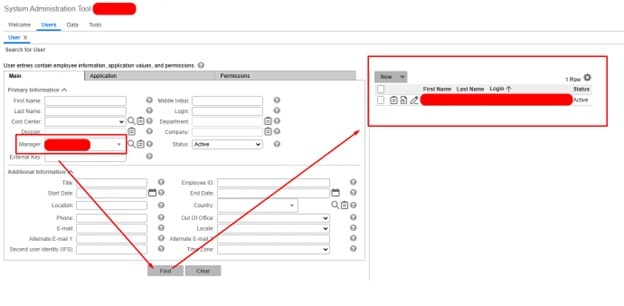Once upon a time, securing enterprise resource planning (ERP) systems meant locking the data center door. But as Supply Chain Management expert Richard Howells explains in a Forbes article, today’s ERPs span clouds, APIs, and AI tools that power global operations—and that connectivity brings new risks.
The challenge isn’t a shortage of tools; it’s that attackers evolve faster than our defenses. Traditional threats like phishing and ransomware remain, but now AI makes them faster and smarter. Generative AI can craft convincing phishing emails, while deepfakes give scams frightening credibility. IBM reports that ransomware breaches now average over $5 million, and insider misuse continues to climb.
Complexity and Shared Responsibility
ERP systems no longer live in a single, secure space. As IBM consultant Ryan Throop notes, “ERP used to be about roles and authorizations—now it’s about resilience.” Cloud providers protect infrastructure, vendors handle patches, and integrators manage connectivity, but the enterprise itself still owns data protection. That patchwork often leaves dangerous visibility gaps.
Three Keys to ERP Resilience
- Culture and Hygiene – Human error is still the biggest risk. Modern security awareness training now simulates real-world attacks, helping ERP users understand the stakes of careless actions.
- AI for Defense – AI can detect anomalies, flag suspicious access, and cut breach costs by millions, allowing teams to focus on strategic response.
- Governance and Trust – Leading companies demand transparency from partners, standardize third-party security assessments, and share threat intelligence across ecosystems.
Ultimately, ERP cybersecurity isn’t just about keeping threats out—it’s about building digital trust. By combining culture, AI-driven defense, and strong governance, organizations strengthen resilience and confidence across their entire value chain.
For Full Article, Click Here
